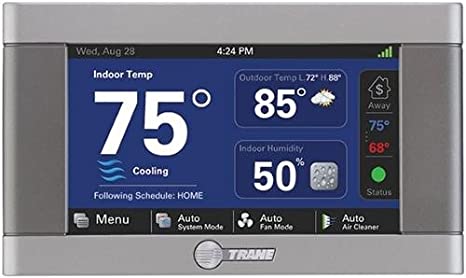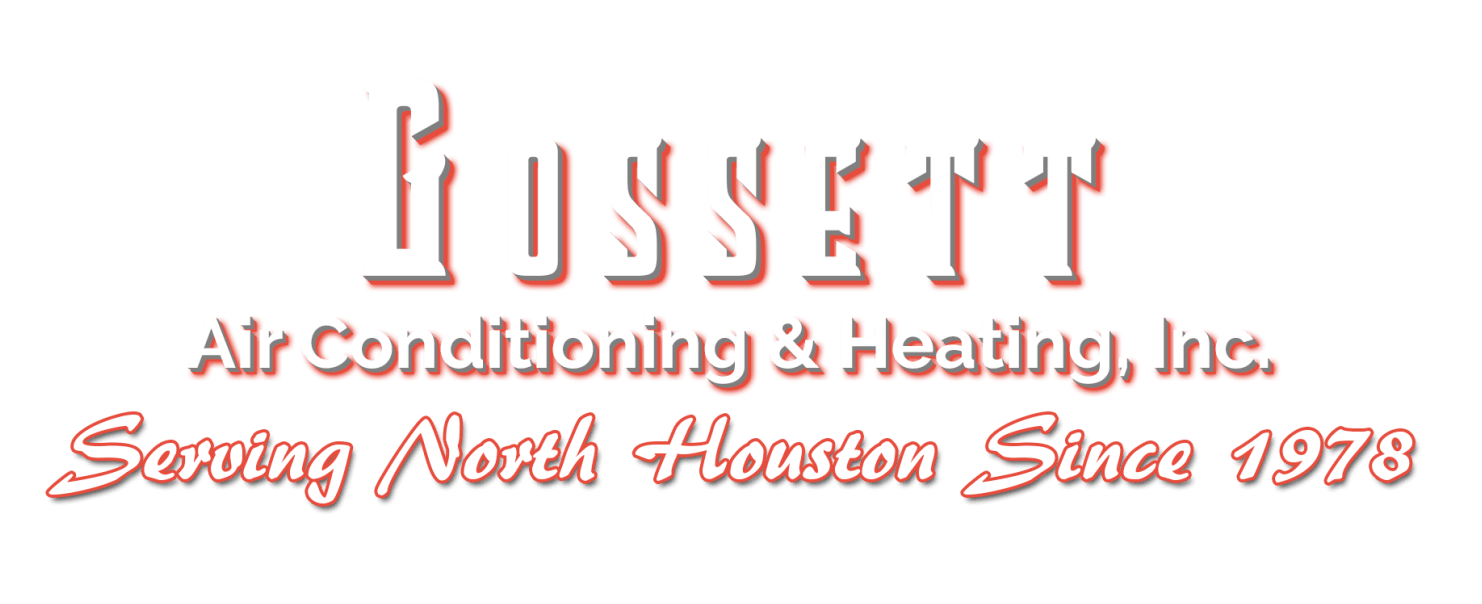
HUMIDITY CONTROL
ADVICE TO HOME OWNERS
Here are some tips you can give to your customers to help them keep relative humidity levels inside their homes reasonable:
Trane designs their systems for Houston climate they are the best for latent (humidity) removal in the entire industry! If your humidity is lower your house feels so much cooler and you save on your electric bill!
Don't operate the air conditioning with any windows open. This includes opening bathroom windows when taking a shower or to reduce odors. Yes, this brings in fresh air, but humidity in the air will condense onto the registers that are nearest to the open window. If you must open a window because the bathroom doesn't have an exhaust fan, close it as soon as visible moisture on the walls and mirrors is gone.
Don't run the indoor blower on continuous operation. If you do, any water left on the coil or in the drain pan will re-evaporate when the compressor shuts off. This can raise the relative humidity in the house by 15%.
Don't set the thermostat too low. If you have the temperature in the house too low, you increase the risk of condensation forming on some surface in the house. This could even occur on a hidden surface, such as inside the walls.
When operating exhaust fans, remember that while you're exhausting air and moisture to the outside, you're also bringing air and moisture back in from the outside. Whatever you blow outside will leak back in somewhere else. Don't run your exhaust fans any longer than necessary. This includes bathroom exhaust fans, kitchen exhaust fans, range fans, and clothes dryers. If the air outside has more moisture in it than the air you're exhausting to the outside, you're doing your house more harm than good.
Make sure exhaust fans terminate outside. I've often seen dryer ducts that terminate in the crawlspaces and attics. Many bathroom exhaust fans blow into attics. This can cause tremendous moisture problems in attics and crawlspaces. Your air conditioner cannot handle this kind of problem.
Don't pile ground too high against the house. Water can wick into slab edge, foundation, and crawlspace. Waterproof the edges of the slab or the below-grade foundation walls. Put moisture barriers on top of all foundation piers. Don't let wood contact ground or bare concrete.
Consider installing a dehumidifier in problem areas of your house, basement or crawlspace. Keep in mind that there are whole-house dehumidifiers that can be connected to your air conditioning and heating duct system that will dehumidify your house extremely effectively, thus improving both your air conditioners performance and your comfort.
Home infiltration from natural building leakage. This includes crack leakage around doors and windows as well as electrical outlets and other building envelope cracks. Plumbing pipes coming up through the floor from a crawlspace can also leak air into the house. This infiltration is mostly wind¬ driven. Leaving windows open during cool mornings in the summer has the same effect. Even though the outside air temperature is low, the moisture levels in the outside air can be very high. If the house has a damp crawlspace or basement, water vapor can penetrate through wood floors into the house. Water vapor flows from high concentrations to low concentrations, just like heat. This is in addition to air infiltration already described above.
Improperly sized and improperly installed air-conditioning systems. Significantly oversized air conditioners and heat pumps do not control humidity as well as properly sized units. This is because the indoor coils do not get really cold until after the cooling unit has been running for as long as 15 minutes or more. Oversized units tend to short-cycle: they cool the air quickly, and then shut off.
All Rights Reserved | Gossett Air Conditioning & Heating, Inc.
Powered By Moxy Mobile Solutions

